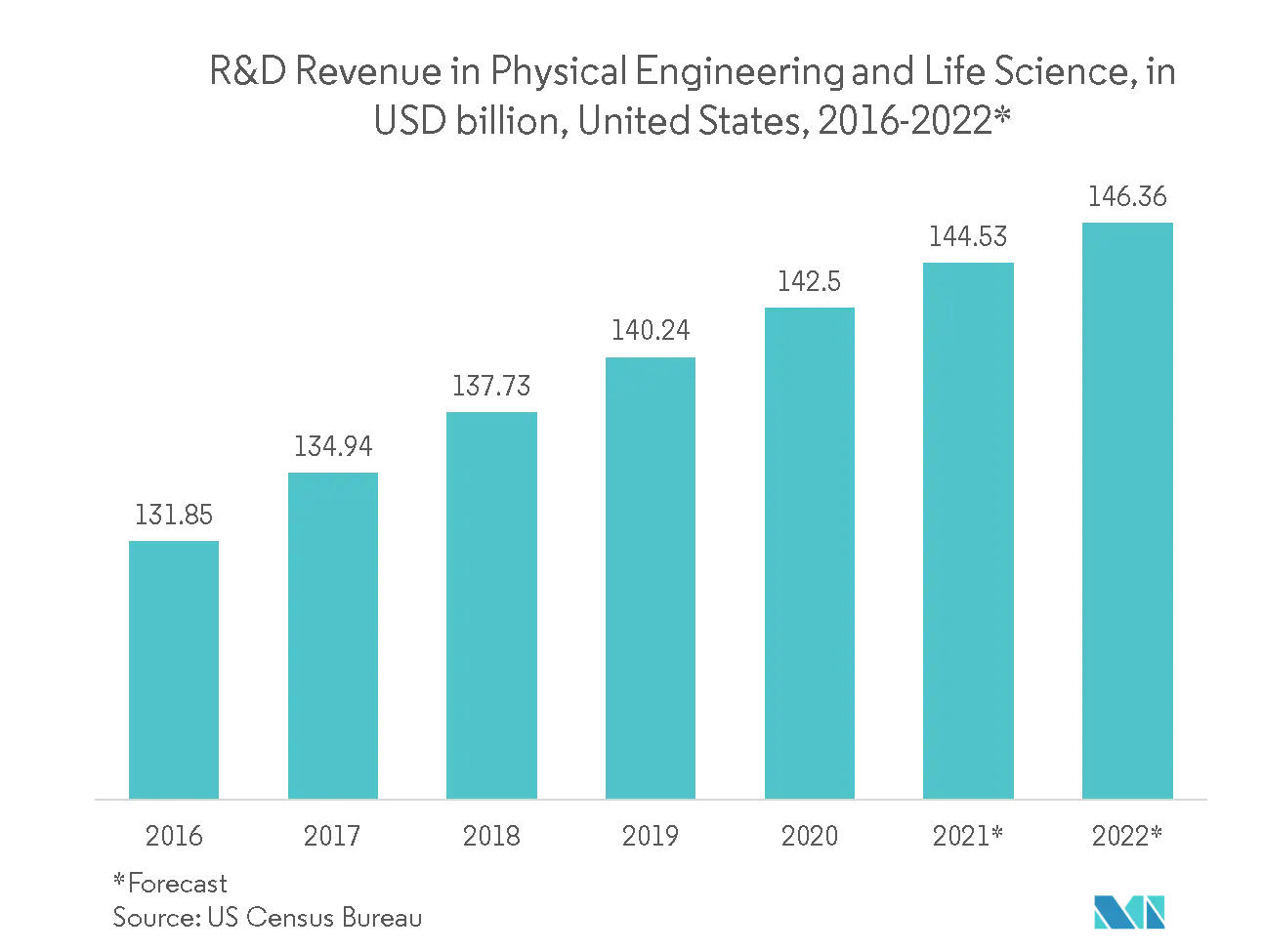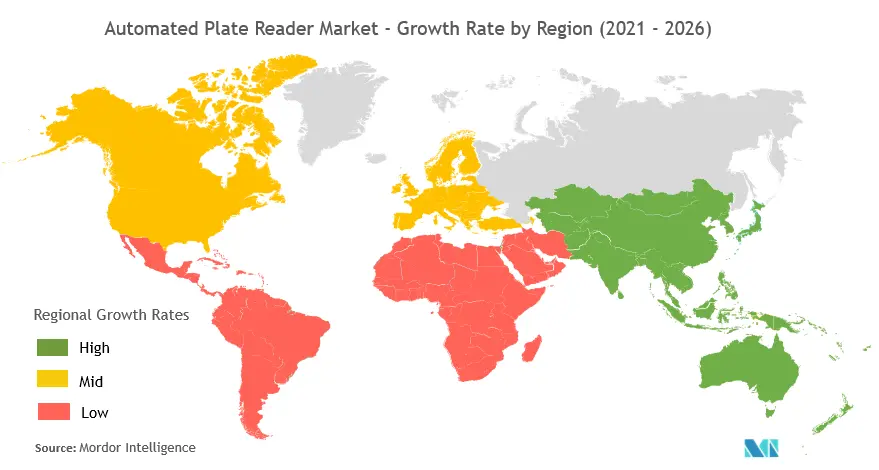Market Trends of Automated Plate Readers Industry
This section covers the major market trends shaping the Automated Plate Readers Market according to our research experts:
Bioanalysis Application is Growing Exponentially
- The use of technology to streamline or substitute manual intervention of equipment and processes is known as lab automation. Technological innovations leading to device miniaturization and increased throughput, demand for replicable and accurate solutions to aid diagnostics/clinical research, and the need for efficient testing processes to off-set lack of highly skilled laboratory professionals, are the factors fuelling the growth in bioanalysis.
- Thermo Fisher Scientific's Varioskan LUX multimode microplate reader can simplify the measurement with the automatic dynamic range selection, and its smart safety controls are workflow and help to avoid the experimental errors by its flexible range of measurement technologies including Absorbance, Fluorescence, Intensity, Luminescence, AlphaScreen, and Time-resolved Fluorescence.
- This segment is expected to grow with the highest annual growth rate during the forecast period. This is due to the snowballing investments and R&D activities in biotechnology, physical, engineering, and life sciences for applications in drug discovery, which will propel the need for automated plate readers.

North America to Account for Significant Market Share
- The market landscape in North America is extremely dynamic, with a high level of merger and acquisition activities and many high-value deals. The United States is a major contributor in this region.
- According to PerkinElmer, with GPCR-targeting drugs accounting for more than 30% of all FDA-approved therapeutics and 20% of all drugs being studied, this area of R&D has been prominent and holds immense potential for the future. By adding these new assays to its already robust GPCR capabilities, the company provides researchers a complete solution for unlock the role GPCRs play in disease so new and better therapeutics can be uncovered.
- Further, in 2020, despite challenges related to the COVID-19 outbreak, the FDA approved 30 new drugs and biologic agents, 45 supplemental drug and biologic applications, and one biosimilar application in oncology). By the end of August (August 28, 2020), the US Food and Drug Administration’s (FDA’s) Center for Drug Evaluation and Research (CDER) approved 38 NMEs. Of these 38 NME approvals, 29 were small molecules (27 drugs & two diagnostic agents), or 76% of the 38 NMEs approved thus far in 2020 by the FDA’s CDER.
- Moreover, stringent regulations for the classification of devices imposed by the US government and the FDA, to assure safety and effectiveness, along with the growing demand in the market, is also expected to drive the market for automated plate readers.


